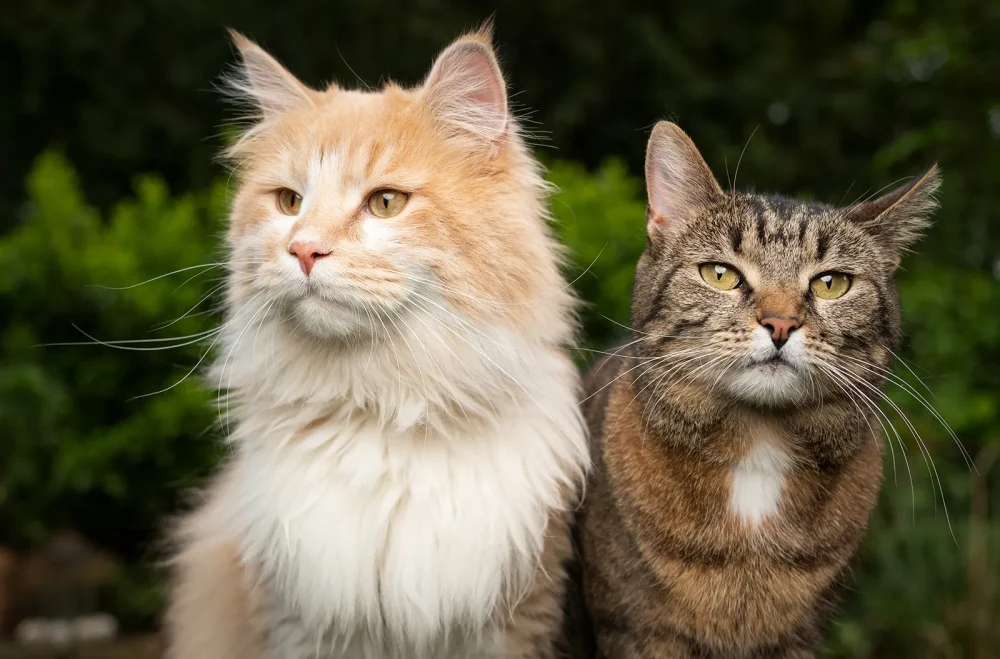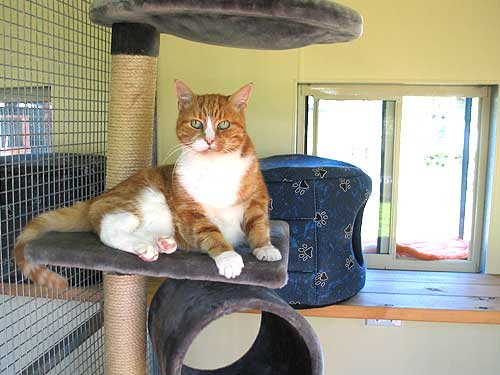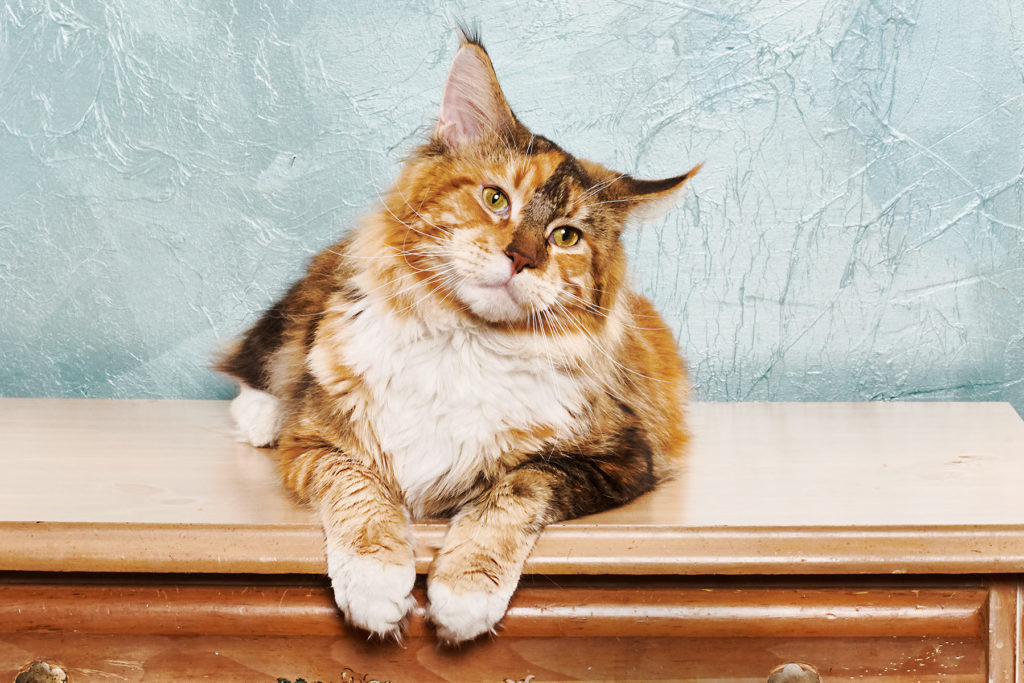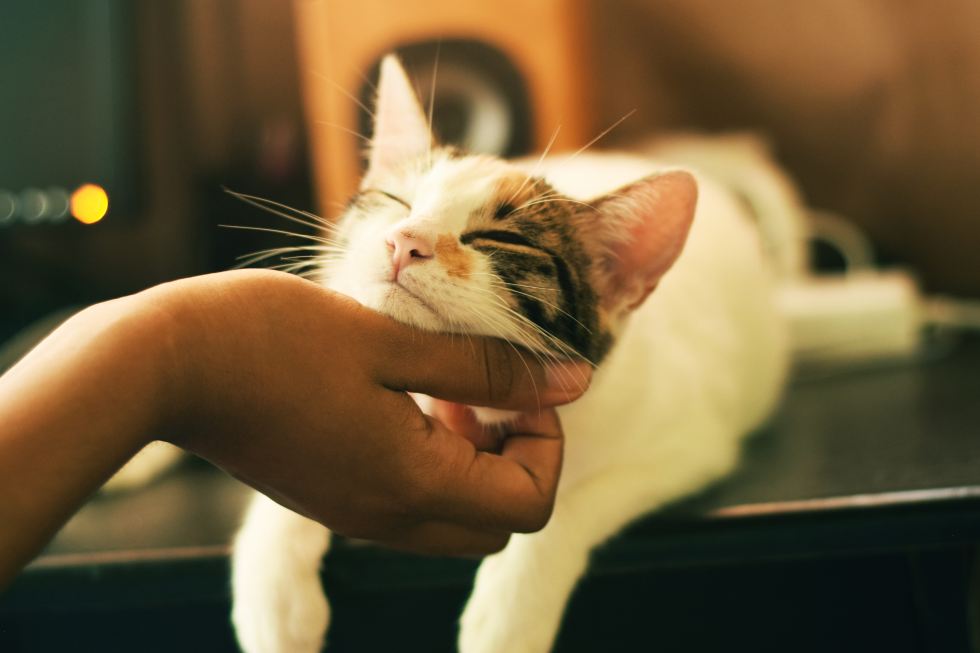The Enigmatic Charm of Cats: Understanding the Feline Mystique

For centuries, cats have captivated the human imagination, embodying a unique blend of independence and affection, mystery and companionship. Whether as regal hunters, playful kittens, or wise and aloof companions, cats occupy a special place in the hearts and homes of millions around the world. From their ancient role in Egyptian society to their modern status as beloved pets, cats have always been intertwined with human culture. This article delves into the fascinating nature of cats, exploring their history, behaviors, and the profound bond they share with their human companions.
The Origins of the Domestic Cat: A Glimpse into History
The domestication of cats is a tale of mutual benefit, one that spans thousands of years. Unlike dogs, whose domestication was driven by humans, cats found their place in human society largely due to their own skills. The wild ancestors of domestic cats, particularly the African wildcat (Felis lybica), were drawn to human settlements by the abundance of food, specifically rodents. As humans began to store grain, it attracted mice and other pests, which, in turn, attracted the wildcats. Over time, these wildcats adapted to living near humans, offering their services as natural pest controllers in exchange for food and shelter.
Ancient Egyptians were among the first to recognize the value of cats, and they became revered in Egyptian society. Cats were associated with the goddess Bastet, a symbol of protection, fertility, and home life. Killing a cat in ancient Egypt was considered a grave offense, and the animal was often mummified and buried with its owners, signifying their sacred role.
The Physical Beauty and Unique Characteristics of Cats
Cats are widely admired for their grace, elegance, and agility. Their physical prowess allows them to move with a fluidity and stealth that few animals can match. From their sharp retractable claws to their keen senses, cats are finely tuned predators.
The Elegance of Movement
One of the most remarkable features of cats is their ability to move with unmatched grace. Whether they are pouncing on prey, stretching in a sunbeam, or weaving through furniture, cats possess a fluidity of movement that seems almost otherworldly. Their flexible spine, supported by strong muscles, allows them to twist and contort their bodies with ease, making them natural hunters and acrobats. This agility is paired with their keen sense of balance, which allows them to land on their feet after a fall, a trait known as the “righting reflex.”
Sensory Abilities
Cats have highly developed senses, particularly their vision, hearing, and sense of smell. Their eyes, capable of seeing in low light conditions, are adapted for hunting during dawn and dusk. This nocturnal hunting style is further enhanced by their acute hearing, which allows them to detect the slightest rustle of a rodent. In fact, cats can hear frequencies up to 64 kHz, far beyond the range of human hearing. Their sense of smell is also highly refined, enabling them to detect scents from long distances, a skill that aids in both hunting and marking territory.
The Uniqueness of Coat Patterns
Another captivating aspect of cats is their coats. From the silky fur of a Persian to the sleek short hair of a Siamese, cats come in a variety of textures and colors. Their fur serves not only as a means of protection but also plays a role in communication. Cats use their fur to express moods—when a cat fluffs up its tail and body, it’s often a sign of excitement, fear, or aggression. Their fur also provides insulation, keeping them warm in cold weather and helping regulate body temperature.
The Fascinating Behaviors of Cats: More Than Just Cute
While their appearance may be enchanting, it is the behaviors of cats that truly make them unique. Cats are often considered mysterious creatures, and much of their behavior reflects their independent and sometimes elusive nature. However, their actions also reveal deep social bonds and intelligence.
Playfulness and Hunting Instincts
Even in domestic settings, cats retain their predatory instincts. Play is an essential part of a cat’s life, and it often mirrors hunting behavior. When a cat stalks a toy, pounces on a moving object, or chases a laser pointer, it is engaging in practice runs for hunting real prey. This instinctual behavior is particularly evident in kittens, who spend hours honing their skills through play. Despite being well-fed in a home environment, the hunting instinct remains strong, which is why cats often “hunt” small objects like string, shadows, or even their own tails.
Affection and Independence: The Cat’s Paradox
Cats are often seen as paradoxical creatures. While they are known for their independence, they can also be affectionate and deeply attached to their human companions. Unlike dogs, who are pack animals that rely on social structures, cats are solitary hunters, and their approach to companionship is based more on mutual respect than hierarchy.
Many cat owners are familiar with the phenomenon of the “head butt” or “bunting,” in which a cat rubs its head against a human. This action is not just an expression of affection; it is a way for the cat to mark its territory with scent glands located on its face. It’s a subtle way of saying, “You belong to me, just as I belong to you.”
Communication: The Language of Cats
While cats do not have a vocal range as expansive as that of dogs, they are still skilled communicators. The most common form of feline communication is through body language. A cat’s posture, tail position, ear orientation, and even its eyes convey a wealth of information. A raised tail signals a happy and confident cat, while a twitching tail or flattened ears may indicate irritation or fear. Cats also use vocalizations to communicate with humans, such as purring when content or meowing to request attention or food.
Purring, in particular, is one of the most enigmatic sounds associated with cats. While it is often a sign of contentment, cats also purr when they are in pain, anxious, or frightened, suggesting that purring may have a calming effect, both for the cat and those around it.
The Bond Between Cats and Humans: Companionship and Comfort
The bond between cats and their human companions is often described as one of mutual understanding and respect. Unlike some animals, which rely on constant attention, cats are generally low-maintenance pets, offering their companionship without demanding constant interaction. This makes them ideal pets for people with busy lives or those who live in small spaces.
Studies have shown that the presence of a cat can have therapeutic benefits. The act of petting a cat has been shown to reduce stress, lower blood pressure, and promote feelings of relaxation. The soothing rhythm of a cat’s purr is also believed to have healing properties, with some studies suggesting that the frequencies at which cats purr may promote bone growth and tissue healing.
Cats in the Modern World: A Timeless Companion
Today, cats are among the most popular pets worldwide, cherished for their independent nature and affectionate demeanor. Whether curled up on a windowsill, chasing after a feather, or simply watching the world go by, cats bring joy and comfort to their human companions. Their presence in our homes is a reminder of the timeless relationship between humans and animals—a bond built on respect, companionship, and love.
In many ways, the allure of cats lies in their mystery. They are creatures of elegance and grace, with an air of independence that leaves us in awe. Yet beneath that mysterious exterior lies a deep capacity for affection, making them not just pets, but beloved members of our families.









